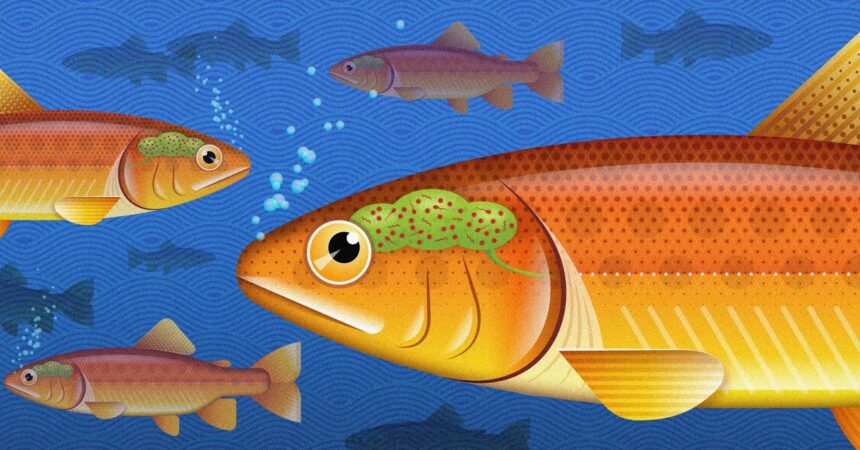Unveiling the Microbial Mysteries of the Fish Brain: A New Frontier in Neurobiology
The human gut microbiome has long been acknowledged for its pivotal role in our health, influencing everything from digestion to immune responses, and even mental well-being through the intricate gut-brain axis. Recent research led by Irene Salinas at the University of New Mexico is challenging our understanding even further by exploring the microbial inhabitants of the fish brain. This exciting study not only upends long-held beliefs about the brain’s sterile environment but also sheds light on the connections between our microbiota and neurobiology.
The Fascinating Journey Begins
Irene Salinas has devoted years to unraveling the complexities of mucosal immune systems—particularly in fish. Her recent inquiry was sparked by a simple yet powerful observation: the proximity of the nose to the brain. This anatomical closeness raises intriguing questions about the potential for bacteria to travel from the nasal cavity into the olfactory bulb, which is essential for processing scents. If bacteria were able to breach this barrier, it could suggest that our understanding of the microbiome and its relationship with the central nervous system is far from complete.
Salinas’ research team embarked on a comprehensive study, extracting DNA from the olfactory bulbs of both wild-caught and lab-raised trout and salmon to identify potential microbial presence. However, the road ahead was fraught with challenges, primarily due to the contamination risks inherent in sampling methods.
Overcoming Challenges: A Rigorous Methodology
To ensure the integrity of their findings, Salinas and her team adopted a multi-faceted approach. They didn’t just focus on the olfactory bulbs; samples were also taken from the entire microbiome of the fish—including the brain, gut, and even blood—methodically draining blood from the brain’s capillaries to pinpoint where the bacteria resided.
This meticulous process took half a decade to yield answers, but the results brought forth unexpected revelations. Contrary to her initial hypothesis, Salinas discovered a vibrant community of bacteria not only residing in the olfactory bulb but also thriving throughout the brain, raising compelling questions about how these microbes survive and interact within such a protected environment.
The Brain’s Microbiome: A New Paradigm
The significant presence of bacteria within the fish brain refutes the long-standing belief that higher vertebrates, including fish, possess a sterile brain due to the protective blood-brain barrier. Salinas hypothesizes that certain microbial species might have colonized the fish brains at an extremely early developmental stage before the formation of this barrier, allowing a "free-for-all" of microbial entry.
Salinas’s explorations reveal that a unique subset of microbial DNA found in the fish brains did not appear in other organs, suggesting a specific and possibly critical role for these microbes within neurological function. This contribution could extend to our understanding of immune responses, neurodegenerative diseases, and even behavioral changes linked to microbial influences.
Implications and Future Directions
The research conducted by Salinas and her team widens the scope of how scientists perceive the interplay between the microbiome and the brain. It invites inquiries into the implications of these microbial communities for overall health and function—potentially challenging existing paradigms in microbiology and neurobiology.
As this field of research evolves, we may discover profound connections between microbiota and neuropsychological conditions in humans, correlating how these microbial inhabitants could shape not only our immune responses but also cognitive processes and emotional well-being.
Conclusion
Irene Salinas’ groundbreaking research bridges the gap between immunology, microbiology, and neurobiology, opening avenues for deeper investigation into the mysteries of the microbiome’s influence on the brain. The discovery of living microbes within the fish brain ignites a new chapter in our understanding of the microbial world and its profound implications for health, disease, and behavioral science. As ongoing research continues to unveil the complexities of these relationships, we can only anticipate the exciting and transformative insights that lie ahead.
Stay Curious!
For anyone interested in the intersection of microbiology and neurobiology, now is an exciting time to follow this research and explore the evolving landscape of our understanding of the human body and mind. As studies like Salinas’s illuminate the intricate web of life, they also remind us of the unseen forces that shape our reality. Keep an eye on future developments—they may redefine what we know about ourselves and the world around us.










